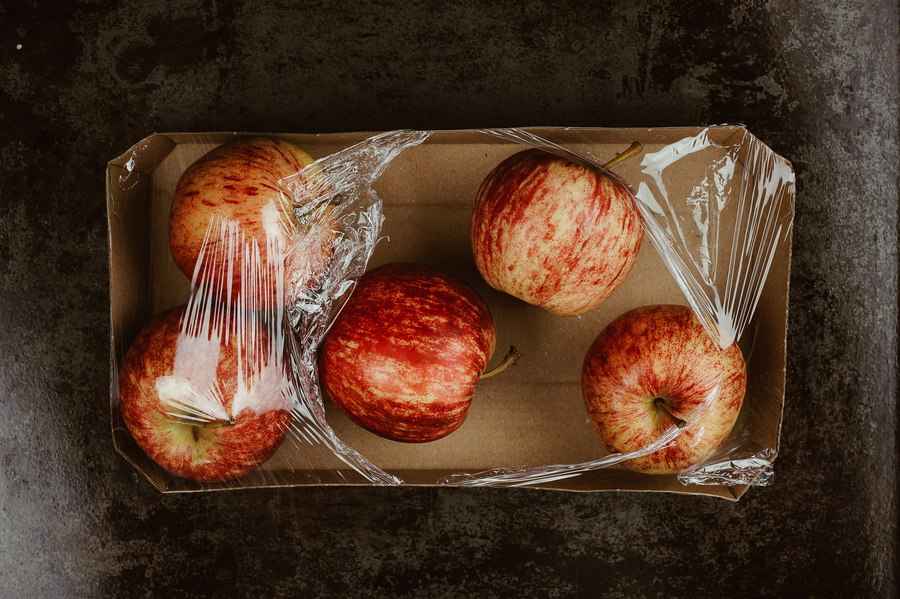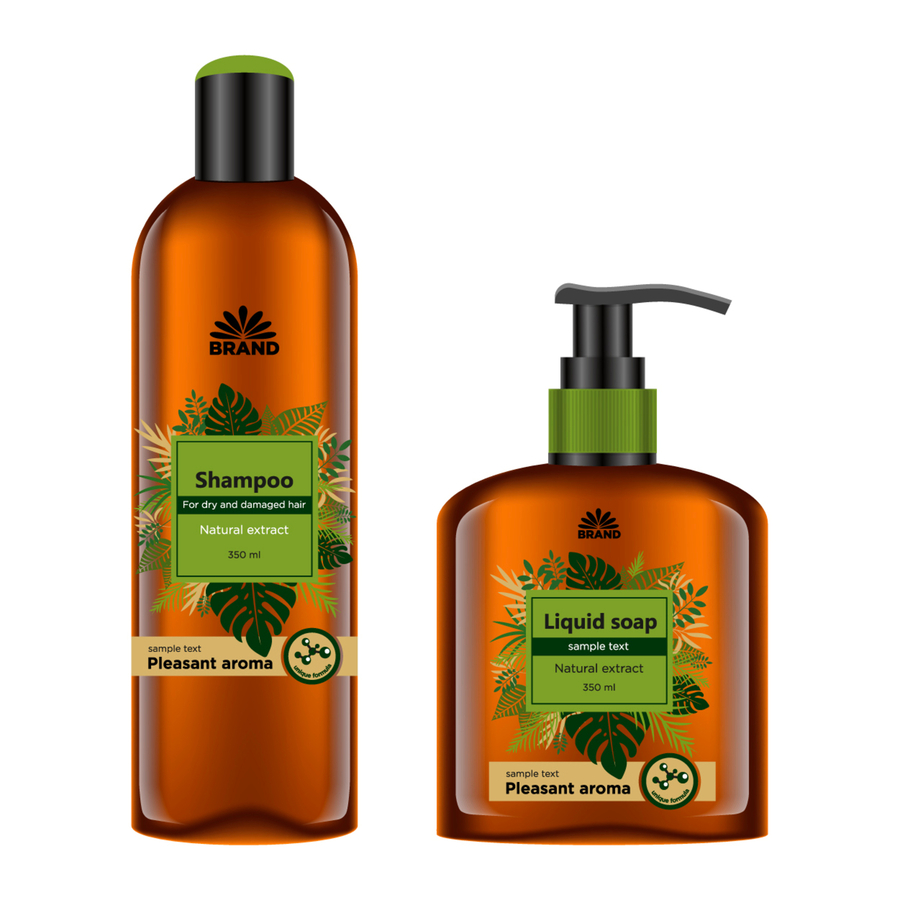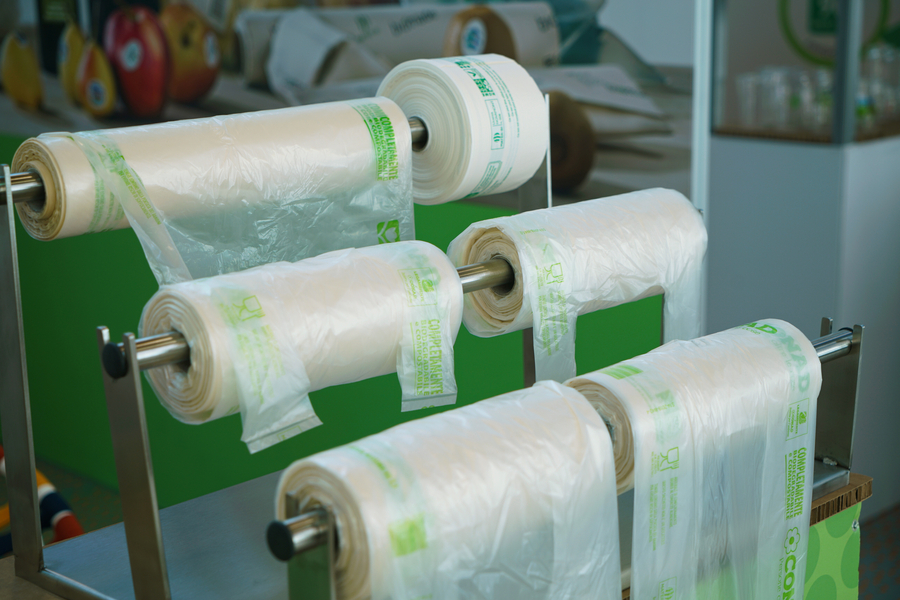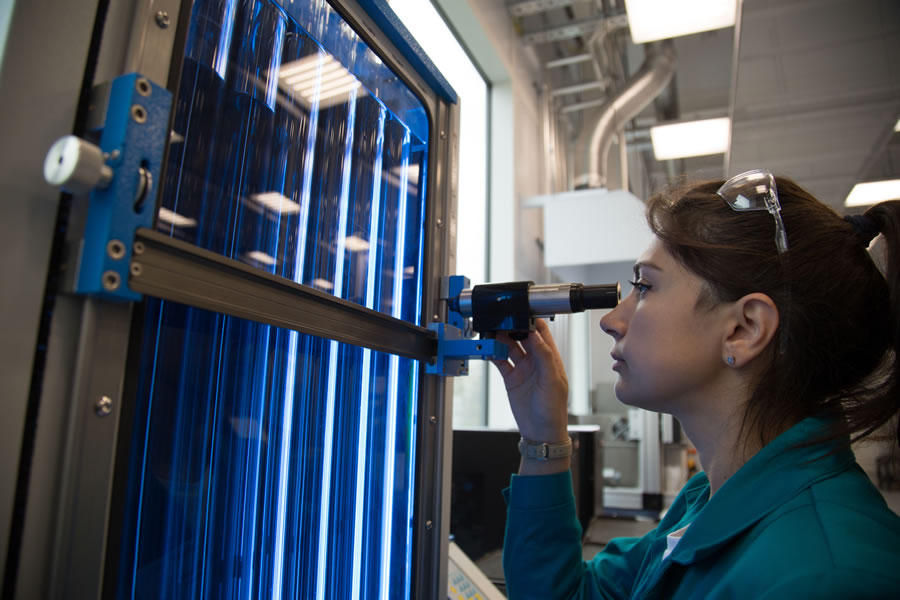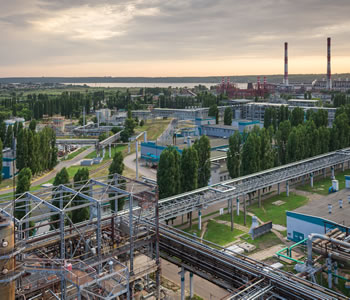BIAXPLEN (a SIBUR subsidiary), a leading biaxially-oriented polypropylene (BOPP) film producer, organised a round table event which took place at the end of 2020. The event was held as an online conference on the SIBUR Business Practices learning platform. Georgy Martirosyan, senior marketing manager at SIBUR, spoke about trends affecting the flexible packaging market in 2020 and 2021.
The pandemic has slowed down the reduction in the total amount of plastic packaging being used, a trend observed in European countries. However, this is clearly temporary
According to him, the key drivers for the industry have not changed for several years: sustainable development and environmental friendliness, focus on customer behaviour, regulatory actions, development of e-commerce, and the adoption of new technologies in the industry. However, in 2020, there is yet another “trend”, COVID, which has massively impacted the industry.
Consequences of the pandemic
The pandemic has slowed down the reduction in the total amount of plastic packaging being used, a trend observed in European countries. The barrier properties of polymers have started to be used as an additional tool to fight the virus. However, this is clearly temporary. The EU and UK are planning to introduce a tax on plastic, and in China and the USA, bans on single-use polyethylene bags are being imposed. According to Georgy Martirosyan, there is a clear understanding that Russia will reach this point within, at most, five years, and possibly even earlier.
E-commerce has surged in 2020. First and foremost, this trend has helped suppliers of rigid packaging, as it is more suitable for logistics services. But the share of products using flexible packaging has also grown.
Between March and May 2020, seasonal growth in Russia’s BOPP market was strengthened by the boom from lockdown. People were stocking up on cereals, pasta, etc. As a result, demand for BOPP grew by 15% year-on-year in March. However, by the second quarter, customers and consumers had stocked up their inventories. A sharp drop in demand began in August and continued until the end of the year.
“The pandemic for us, has brought more negativity than anything else. In 2020, the estimated growth in the consumption of flexible packaging was lower than forecasted,” the expert emphasised. “It is also unlikely that there will be large growth in 2021. Levels of income amongst the population have significantly decreased. People are mainly buying only essential goods. They are buying less chocolate, crisps, etc., and this reduces the consumption of complex flexible packaging.”
Expectations for growth in the consumption of flexible packaging during COVID were low.
Raw material prices on the global market were very volatile in 2020. In the first quarter, there was a drop in all dollar markets, which was offset by a significant increase in the foreign exchange rates. But prices then started to rise. Georgy Martirosyan emphasised, “what we can see on the market is clearly demonstrated by the situation in China, which is our main price forming market since it consumes 40% of global polypropylene production. There was a drop in prices up until April, whilst the country was in lockdown. Accordingly, BOPP consumption noticeably decreased. China then opened up long before other countries. And ever since, polypropylene prices have dramatically increased. By the end of the year, the rate of growth had accelerated even more. It was as though China was operating like a giant global factory, covering the needs of South-East Asia, partially of the USA and Europe, which had found themselves in lockdown and therefore were shutting down production. The logistical constraints created by the pandemic made it difficult to import polypropylene to the Chinese market, which led to another string of global price hikes.”
Raw material prices on the global market were very volatile in 2020
According to Georgy Martirosyan, it is difficult to make any forecasts for 2021. If the lockdowns in South-East Asia, the USA, and in European countries will continue, then this will carry the trend from the end of last year, with a high demand for polypropylene (PP) in the USA, and rising costs of logistics. As a consequence, prices for PP will remain high, at least during the first half of the year.
The expert highlighted one more change in the trends from 2020. According to Georgy Martirosyan, up until now it was believed that an emphasis on environmental friendliness and sustainable development brings risks to the flexible polymer packaging market. A tightening of the processing requirements of packaging can complicate manufacturers’ lives, and reduce the number of materials that can be used. However, the emerging trend of using monopackaging has stimulated an increase in the production of polypropylene and polyolefin films. The desire of manufacturers to increase the volume of packaging that goes to recycling, at the expense of reducing the types of materials that can be used, can have a positive impact on the volume of BOPP consumption.
“From the consumer’s point of view, flexible packaging is optimal. It is light, is safe, and does not take up much space during and after its use. Over the past few years, the technology to produce this packaging has reached a level such that it conforms with all safety requirements for the products it packages. It also can be used for many design solutions,” highlights Georgy Martirosyan.
BIAXPLEN’s priorities for 2021:
-
A focus on product range development, aimed at replacing imports of complex product solutions, and working together with the market to develop recyclable packaging
-
Enhancing customer service
-
Growing exports in partnership with Manucor
Ecology of the new age
During 2020, packaging requirements, including for flexible packaging, gradually began to change.
“Priorities today are not only about the safety of packaged products (protection from damage), but also about their resilience (preservation of taste and energy value). They must be able to withstand transportation and storage without undergoing any changes,” Irina Lyubavina, Senior Product Development Expert at BIAXPLEN, noted. “Also, each year food safety standards with regards to BOPP are tightening. There are increasingly more orders, especially from European markets, for phthalate-free films. And in this regard, we are increasingly receiving requests from EU customers to provide tests from foreign laboratories confirming the safety of products. The company has a range of phthalate-free solutions: transparent, metallised, and white films. Additionally, this business is growing and scaling to meet the demands of the market and customers.
IML polymer films are a popular way of decorating packaging.
In order to respond to customer demands, who need modern packaging solutions, including non-conventional ones, BIAXPLEN is investing in upgrades to its production facilities and own laboratory.
Relevant to environmental trends, the prospects for the development of biodegradable BOPP were also discussed during the round table event
“One of our new products is a film for IML-Labels. The In Mould Labelling technology means that polymer film labels can be fused onto packaging. At the moment, this method of decorating packaging is one of the most up-to-date,” said Maxim Fedorov, Product Development manager at BIAXPLEN.
Relevant to environmental trends, the prospects for the development of biodegradable BOPP were also discussed during the round table event. According to speakers, BIAXPLEN is considering the idea of creating and producing such products. There are two approaches on the market to solving the problem of recyclable packaging: Biobased and Biodegradable. Biobased packaging is produced from raw materials of plant origin. Biodegradable packaging can be broken down by living organisms into water, CO2, ammonia, and biomass.
There are solutions today that enable plastics to be composted on production sites, and technologies for biodegradation in the environment are also available. However, in practice they are not completely “clean” – after the plastic decomposes, it does not disappear but turns into microplastic, and the particles remain in the environment. During the round table discussion, interest was shown towards the developments of the UK startup Polymateria, which offers a new approach to the disposal of polymer packaging.
Packaging made of biodegradable materials is yet to find broad application in Russia: it is more expensive, requires a complex recycling process, and does not always completely decompose.
“We are talking about a special additive that allows any plastic to become completely biodegradable, including the plastic our BOPP is made from,” explains Irina Lyubavina. “Such a polymer has several stages in its life cycle. For 6 to 36 months, it is “dormant”. After that, the active bio-components in the additive trigger the process of disintegration, and after some time (usually up to six months), the plastic will finally break down in the soil into low-molecular-weight inorganic substances and so-called biomass. However, there are some finer details: if the packaging of the modified polymer gets into contact with water before the decomposition stage begins, then it will not happen.”
BIAXPLEN is in talks with Polymateria, as well as with its clients, about the possible introduction of this innovative technology to the Russian market. The additive is being explored at SIBUR PolyLab, to confirm its biodegradation capabilities.
According to Irina Lyubavina, there are a number of issues with the adoption of the innovative additive in Russia. Among them is getting recognition from the state, the introduction of special labelling for products made of biodegradable plastic, and sorting of packaging waste by end users. It is possible to mix these types of containers with packaging made of unmodified (classic) plastic. However, there are heavy restrictions: the final concentration of the biodegradation additive in a polymeric composition of recyclable granule should not exceed 1%, otherwise its subsequent decomposing will not happen. There are questions about how ready the market is for new products, indeed the additive from Polymateria would raise the cost of packaged products. For BOPP, according to the initial estimates by BIAXPLEN, the price of the film would increase by about 20% to 30%.
Customer focus
SIBUR set ambitious goals to achieve its customer focus targets, including improving service standards and building its processes and value proposition based on customer feedback.
Among major industry leaders, customer centricity has become a global goal in transforming customer service. This transition requires a fundamental mindset shift that implies that all business processes are built around customer needs and expectations. When launching a new product and/or service, the priority is customer needs, which, in turn, shape the ideas and goals of the supplier company.
SIBUR understands the importance of a customer-centric approach, shown by its standalone focus within the Company’s 2025 Development Strategy.
“Today, the value lies not so much in the product itself, but rather in the customer for whom it is made,” explains Maria Borisova, Head of the Client Service Center at SIBUR. “This is a global trend that will only grow.”
SIBUR PolyLab tailors products to customer needs.
During the round table discussion, Maria spoke about the Company’s goals in relation to sales and marketing. SIBUR plans to achieve six of them by 2025. The first goal is to go from selling products to selling solutions. That means creating new ideas and services at the request of clients. SIBUR PolyLab, in particular, is working on this. The second goal is market development and consumer development. That is a focus on having a thorough understanding of customer needs and on digital marketing. The third is to introduce advanced pricing tools, which take into account forecasts of market changes and customer needs. The fourth goal is to put the client at the heart of business. To develop standards of service, build processes and value proposition based on customer feedback. The fifth goal is to maximise the use of digital tools when interacting with clients. The sixth is to create an optimised organisational structure that embeds the required customer focus within both line and project activities and drives skill building among the marketing and sales teams.
“A big bet is placed precisely on customer centricity. Looking at global practices, you can see, for example, a multichannel approach to customer interactions: chatbots, personal accounts, and CRM systems. All of these methods of communication are remote, without the need for calls, are available around the clock, and without weekends or lunch breaks. They are enabled by digital tools,” emphasises Maria Borisova. “For manufacturers, the speed and quality of response to customer requests, and a deep understanding of their business and its needs all allow for more granular forecasts, and for building flexible pricing. Revenues for companies with a high level of customer satisfaction are growing markedly faster.”
Challenging experience
The main event of last year, the pandemic, has significantly impacted global market priorities. This also applies to the BOPP market. Demand changed, and companies had to overhaul plans and pivot their operations. Flexibility, reviewing approaches to customer engagement, new channels to interact with them, and the ability to quickly organise work in lockdown are all experiences that will help companies during both the exit from the crisis and a return to normality when the situation stabilises.
Download PDF

